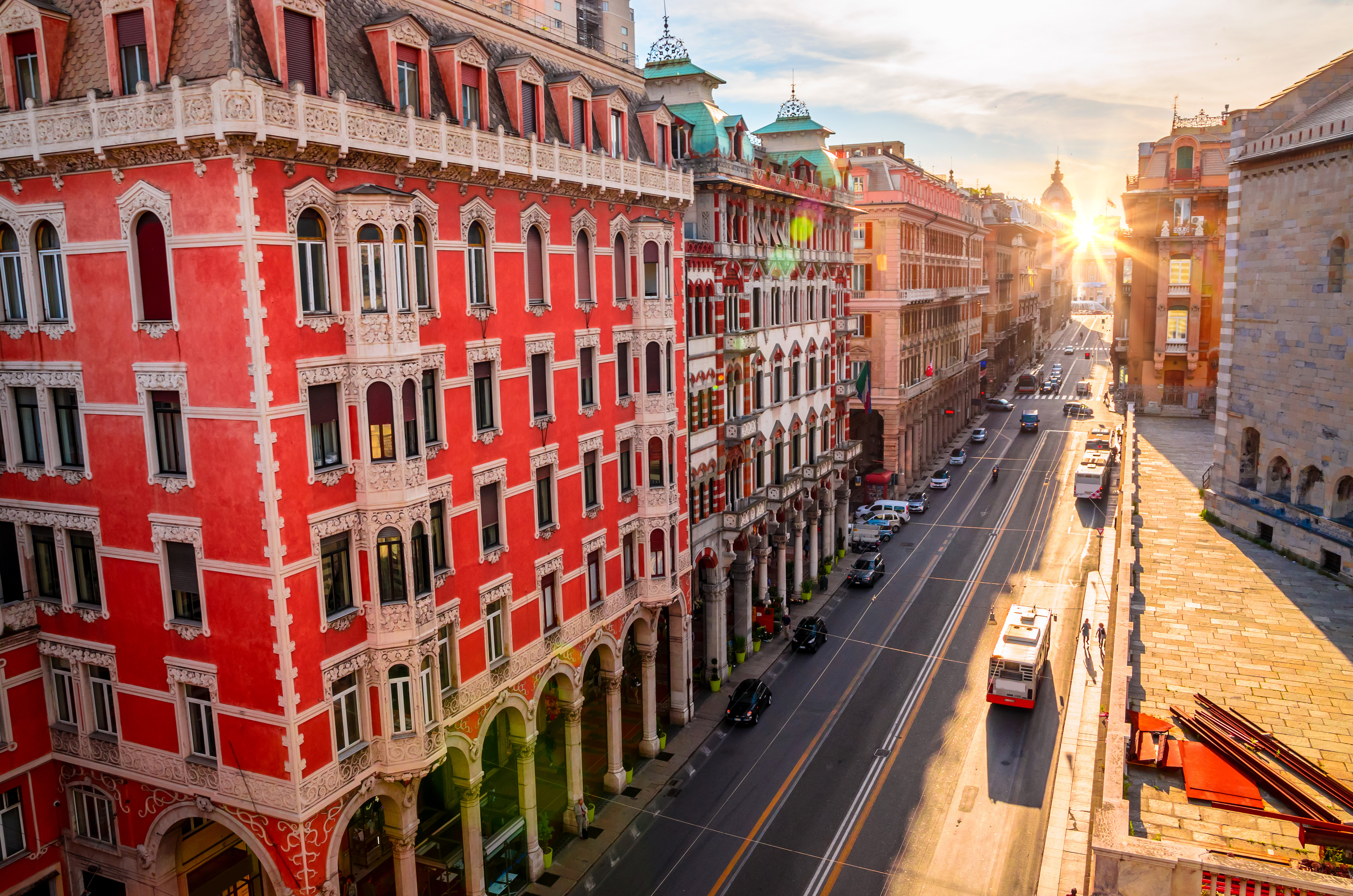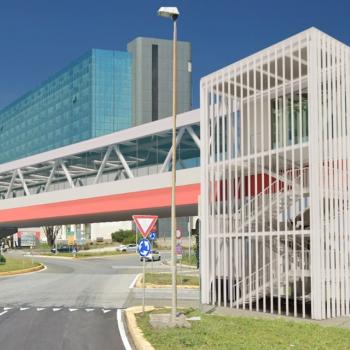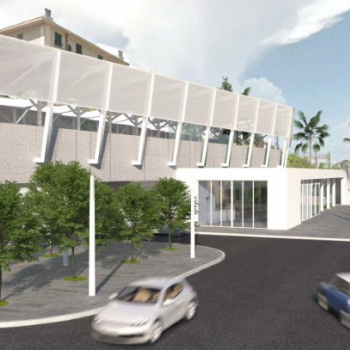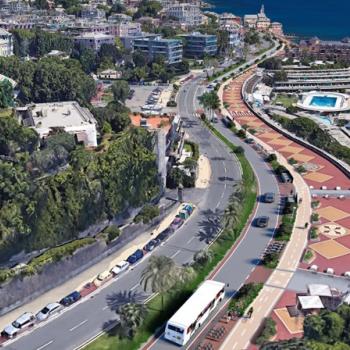
- 10 Aug, 2021
Genoa, a city in motion – with its port, one of the most important in Europe and the Mediterranean, airport, business, goods moving in a constant flow – it is a dynamic, vital area.
Sustainable mobility is a fundamental element for promoting a greater quality of life with the adoption of ecological measures and energy saving. The models to emulate are the European cities that lead the 2020 Smart City Index. It is a vision in tune with the objectives of Genoa, a densely populated city that is completely rethinking its transport system. Especially in view of the large-scale projects in progress, such as the regeneration of the old city centre and the new Outer Breakwater, that will influence its economic and social development considerably.
The PUMS – Sustainable Urban Mobility Plan –is inspired by a new vision that puts the emphasis on the involvement of citizens and stakeholders – businesses, the public, and the logistics and tourism sectors.
A variety of benefits are expected: by making local public transport (LPT) more attractive and discouraging the excessive use of private cars, it is possible to relieve traffic congestion in key areas of the city, manage traffic flows, and reduce atmospheric emissions and acoustic pollution. The change will have a strong impact on citizens’ habits: this is why communities are at the forefront in finalizing these processes of urban transformation. Genoa is becoming more beautiful, more liveable and more accessible.
The SUMP is made of different projects involving public and private subjects.




